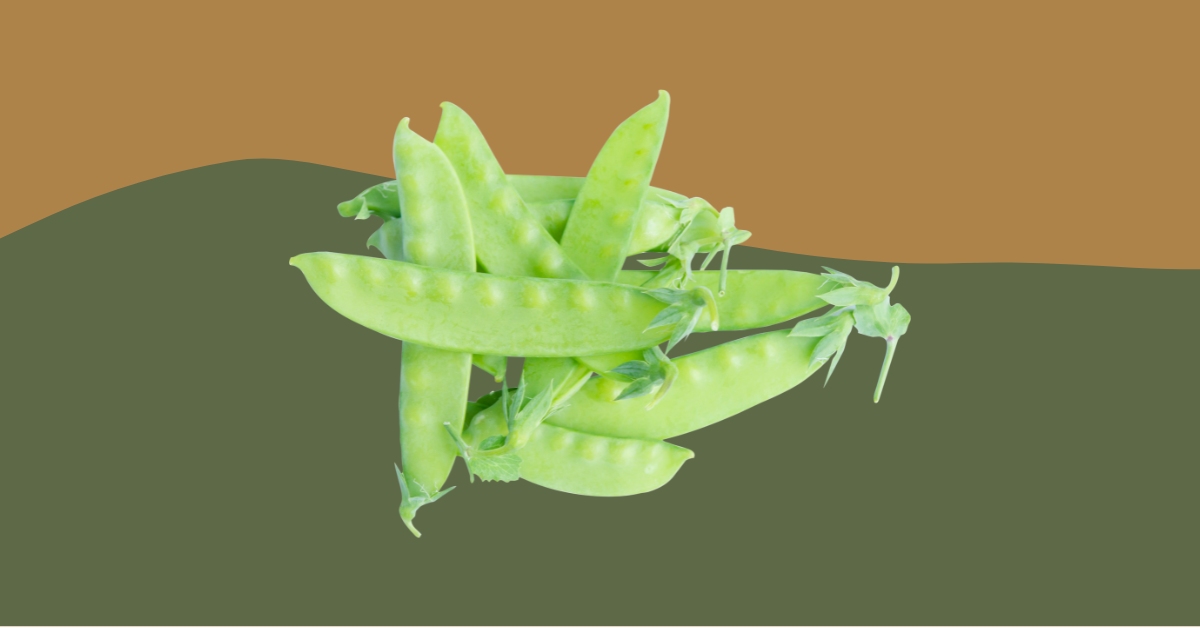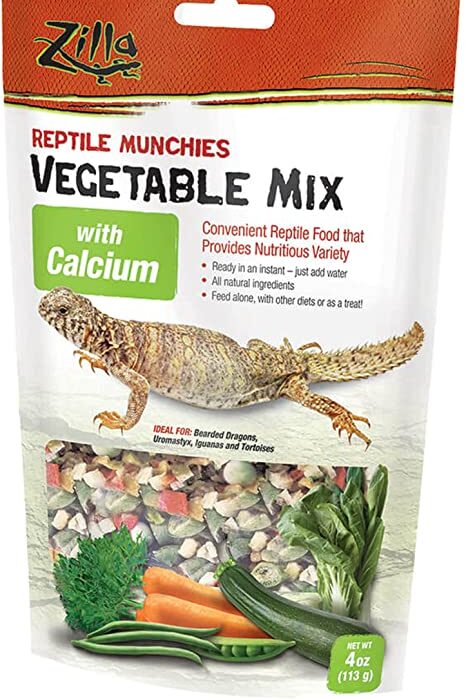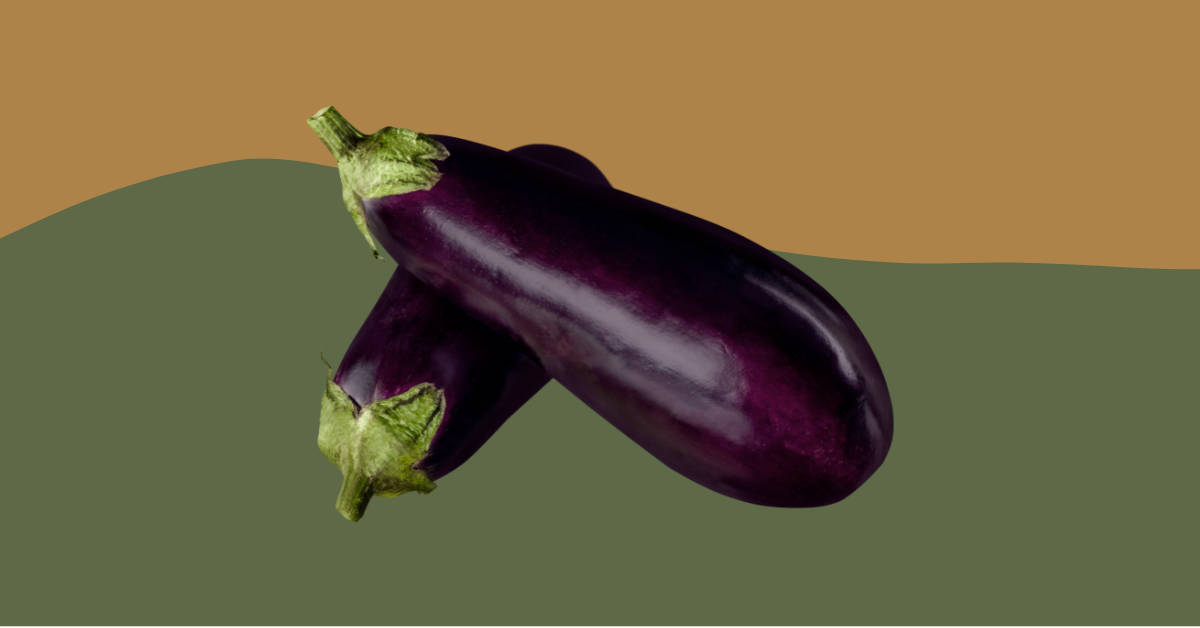Yes, bearded dragons can eat snow peas, but only in moderation. A safe portion size is around 1-2 snow peas per week.
Table of contents
A healthy diet is crucial for their well-being, and providing a varied and balanced selection of food is essential. This article will provide the do’s and don’ts of feeding snow peas to bearded dragons. Learn about bearded dragon care, a step-by-step preparation guide, and find answers to frequently asked questions.
Related Article: Bearded Dragon Care: Expert Tips and Insights
Do’s
- Feed in moderation: Offer snow peas to your bearded dragon only once or twice a week, as an occasional treat.
- Chop into small pieces: Cut the snow peas into small, manageable pieces to avoid choking hazards.
- Mix with other veggies: Combine snow peas with other suitable vegetables to provide a balanced and varied diet.
Don’ts
- Avoid feeding canned or frozen snow peas: Always opt for fresh, raw snow peas to ensure they are free from additives and preservatives.
- Do not feed snow peas exclusively: Bearded dragons need a variety of foods to maintain optimal health.
Best Practices for Feeding Snow Peas to Bearded Dragons
Following best practices when feeding your bearded dragon will ensure their safety and overall health. Here are some best practices to keep in mind:
- Introduce snow peas gradually: If your bearded dragon has never tried snow peas before, start by offering a small piece and monitor their reaction. If they enjoy it and show no adverse effects, you can gradually increase the portion size. This slow introduction will help you identify any potential food sensitivities or allergies.
- Wash snow peas thoroughly: Rinse the snow peas under running water to remove any dirt, pesticides, or other contaminants before feeding them to your pet. This will help prevent ingestion of harmful substances that could cause illness or discomfort.
- Organic is best: If possible, opt for organic snow peas to minimize the risk of exposure to harmful chemicals. Organic produce typically has fewer pesticide residues and is generally safer for both you and your bearded dragon.
- Remove the strings: Some snow peas have a stringy fiber that runs along the edge of the pod. Removing this string can help prevent choking and make the snow peas easier for your bearded dragon to consume.
- Monitor your bearded dragon’s health: Keep an eye on your bearded dragon’s overall health and behavior after introducing snow peas. If you notice any changes such as lethargy, loss of appetite, or digestive issues, it might be a sign that snow peas are not suitable for your bearded dragon, or that you need to adjust the portion size.
- Consult a veterinarian: If you are unsure about the suitability of snow peas for your bearded dragon, consult with a reptile veterinarian. They can provide guidance on the best dietary choices for your specific pet based on its age, size, and health condition.
- Create a feeding schedule: Establish a consistent feeding schedule for your bearded dragon to ensure they receive a well-balanced diet. This will make it easier to monitor their food intake and adjust as needed.
- Keep track of dietary changes: Maintaining a food diary for your bearded dragon can help you monitor their diet and any changes you make. This information can be helpful when discussing your bearded dragon’s diet with a veterinarian or if you need to troubleshoot any health issues.
Related Article: Bearded Dragon Feeding Guide: Nutrition Tips
Step-by-Step Guide to Preparing Snow Peas for Your Bearded Dragon
Step 1
Purchase fresh snow peas: Choose fresh, crisp, and vibrant green snow peas from your local grocery store or farmer’s market.
Step 2
Wash the snow peas: Rinse them thoroughly under running water to remove any dirt or contaminants.
Step 3
Chop the snow peas: Cut the snow peas into small, manageable pieces that your bearded dragon can easily consume.
Step 4
Mix with other vegetables: Combine the chopped snow peas with other suitable veggies like collard greens, bell peppers, or squash.
Step 5
Serve: Place the vegetable mix in a shallow dish and offer it to your bearded dragon.
Need Recommendations?
Here’s Our Top Amazon Picks
You may also like 📖
Frequently Asked Questions
Why should I limit snow pea intake for my bearded dragon?
Snow peas contain moderate levels of oxalates, which can bind to calcium and prevent proper absorption. Overconsumption can lead to calcium deficiency in bearded dragons, so moderation is key.
Can I feed my bearded dragon other types of peas?
Yes, you can offer other types of peas, like green peas or sugar snap peas, but again, only in moderation due to their oxalate content.
What other vegetables can I feed my bearded dragon?
Some suitable vegetables for bearded dragons include collard greens, mustard greens, dandelion greens, bell peppers, squash, and zucchini.
How often should I feed my bearded dragon vegetables?
Adult bearded dragons should consume vegetables daily, making up about 80% of their diet. Juvenile bearded dragons should eat more insects and fewer vegetables, with around 20-30% of their diet consisting of veggies.
What are some good staple insects for bearded dragons?
Staple insects for bearded dragons include crickets, dubia roaches, mealworms, and superworms. Make sure to gut-load and dust insects with calcium and multivitamin supplements to ensure proper nutrition.
Conclusion and final thoughts 💭
Feeding your bearded dragon a balanced and varied diet is essential for their overall health and well-being. Snow peas can be a part of this diet, but only in moderation due to their oxalate content. Always remember to wash and chop the snow peas, mix them with other suitable veggies, and monitor your bearded dragon’s response to this occasional treat.
By following the guidelines provided in this article, you can help ensure that your bearded dragon thrives and enjoys a healthy and happy life.
Looking for more? Here’s our roadmap:
General Bearded Dragon Pet Owners Guide
Bearded dragons are native to the arid regions of Australia and are known for their unique beard-like appearance. As pets, they have become increasingly popular due to their friendly and inquisitive nature, making them an ideal choice for reptile enthusiasts. Bearded dragons are diurnal, meaning they are active during the day, and their average lifespan ranges from 8 to 12 years, with proper care. When considering adopting a bearded dragon, it’s essential to be prepared for a long-term commitment and be well-informed about their care requirements.
One of the most crucial aspects of bearded dragon care is providing an appropriate enclosure. Adult bearded dragons thrive best in a 20 to 50-gallon tank, but a larger enclosure is always better. It’s important to always keep the tank clean. The tank should have a basking area with a temperature range of 95-110 degrees Fahrenheit, as well as a cooler area with a temperature between 75-85 degrees Fahrenheit. In addition, bearded dragons need access to UVB lighting to help them synthesize vitamin D3 and properly metabolize calcium, which is vital for their bone health.
A balanced diet is essential for a healthy bearded dragon. Their dietary requirements change throughout their life stages; juvenile bearded dragons need a higher protein intake, with insects making up around 80% of their diet and the remaining 20% consisting of vegetables and fruits. As they grow into adults, their diet should consist of approximately 20% insects and 80% vegetables and fruits. It’s important to offer a variety of food items to ensure they receive all the necessary nutrients, and to dust their food with calcium and multivitamin supplements as recommended by a reptile specialist or veterinarian.
Regular interaction and observation of your bearded dragon are vital for maintaining their well-being. Handling your pet gently and frequently can help build trust and strengthen your bond. Monitor your bearded dragon’s behavior, appetite, and overall health to detect any potential issues early on. If you notice any signs of illness, such as lethargy, loss of appetite, or irregular bowel movements, consult a reptile specialist or veterinarian for guidance. Proper care, feeding, and attention will ensure your bearded dragon remains a happy and healthy companion for years to come.







Leave a Reply